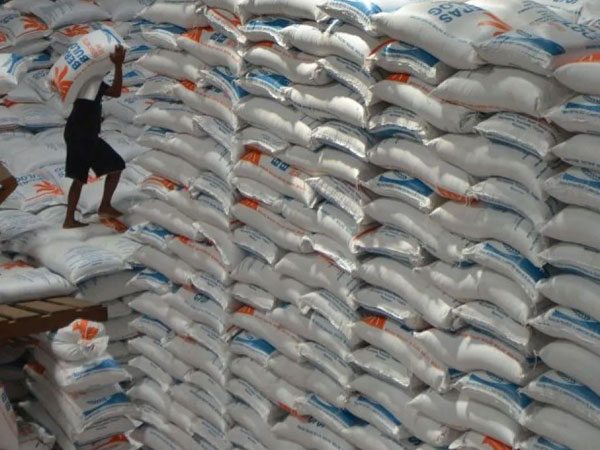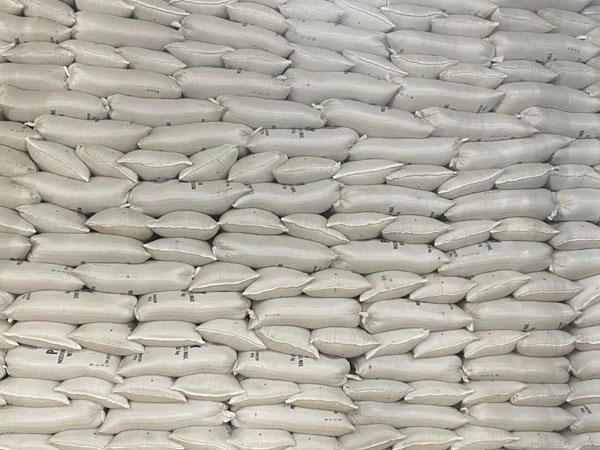 If speculative movements are driving up rice prices, government intervention may become necessary. However, if the response is limited to symptomatic treatment, it could cast a shadow over the stable supply of Japan's staple food.
If speculative movements are driving up rice prices, government intervention may become necessary. However, if the response is limited to symptomatic treatment, it could cast a shadow over the stable supply of Japan's staple food.
The Japanese government has announced its plan to release its stockpiled rice to address shortages and high prices. It has revised the rules, which previously allowed such releases only during poor harvests or disasters, so that rice reserves can also be used when distribution issues arise. This marks a policy shift to utilize stockpiled rice for stabilizing prices.
Calls for releasing reserves had grown stronger since last summer. With increased demand driven by a rise in foreign tourists visiting Japan, combined with quality deterioration due to extreme heat and panic-buying triggered by fears of a Nankai Trough megaquake, rice disappeared from store shelves.
The Ministry of Agriculture, Forestry and Fisheries initially did not respond, believing that supply and demand would stabilize once new rice crops entered the market. This projection was wrong, and rice prices have risen by about 60% compared to fiscal 2023.
Production levels have remained consistent with normal years, meaning that distribution may have bottlenecked. The agriculture ministry suspects that businesses anticipating price increases are holding onto stock, but it has only investigated inventories of major suppliers such as the National Federation of Agricultural Cooperative Associations and has yet to fully identify the causes.
If the release of rice reserves increases the volume of rice on the market, price declines can be expected -- a welcome development for consumers. However, the cost of producing rice, including for fertilizers, is rising, and it calls for careful consideration to avoid straining farmers' operations.
Government intervention in price controls, however, comes with side effects. Releasing stockpiled rice when there is no poor harvest could lead to excessive price drops. Since the system requires the government to repurchase the same amount within a year, prices may rise in the future. Careful management is essential to prevent market disruptions.
Fundamentally, there are problems with Japan's current agricultural policy. Government-led reductions in production to stabilize rice prices have hindered the expansion of motivated farmers' operations. This has led to a decline in production capacity, making it difficult to respond to unexpected demand or production shortfalls.
Rice farming in Japan is suffering from an aging workforce and an increase in abandoned farmland. Unless the structural distortions in agricultural policy are addressed, food security cannot be maintained.
The policy should shift to one that allows capable farmers to maximize their potential. If increased production causes prices to drop, income compensation measures, as seen in Western countries, should be considered to support farmers.
Rice prices must be set at a level that allows producers to maintain hope for the future while ensuring consumers' peace of mind. Without this, sustainable agriculture cannot be achieved.














© Copyright 2025 The SSResource Media.
All rights reserved.